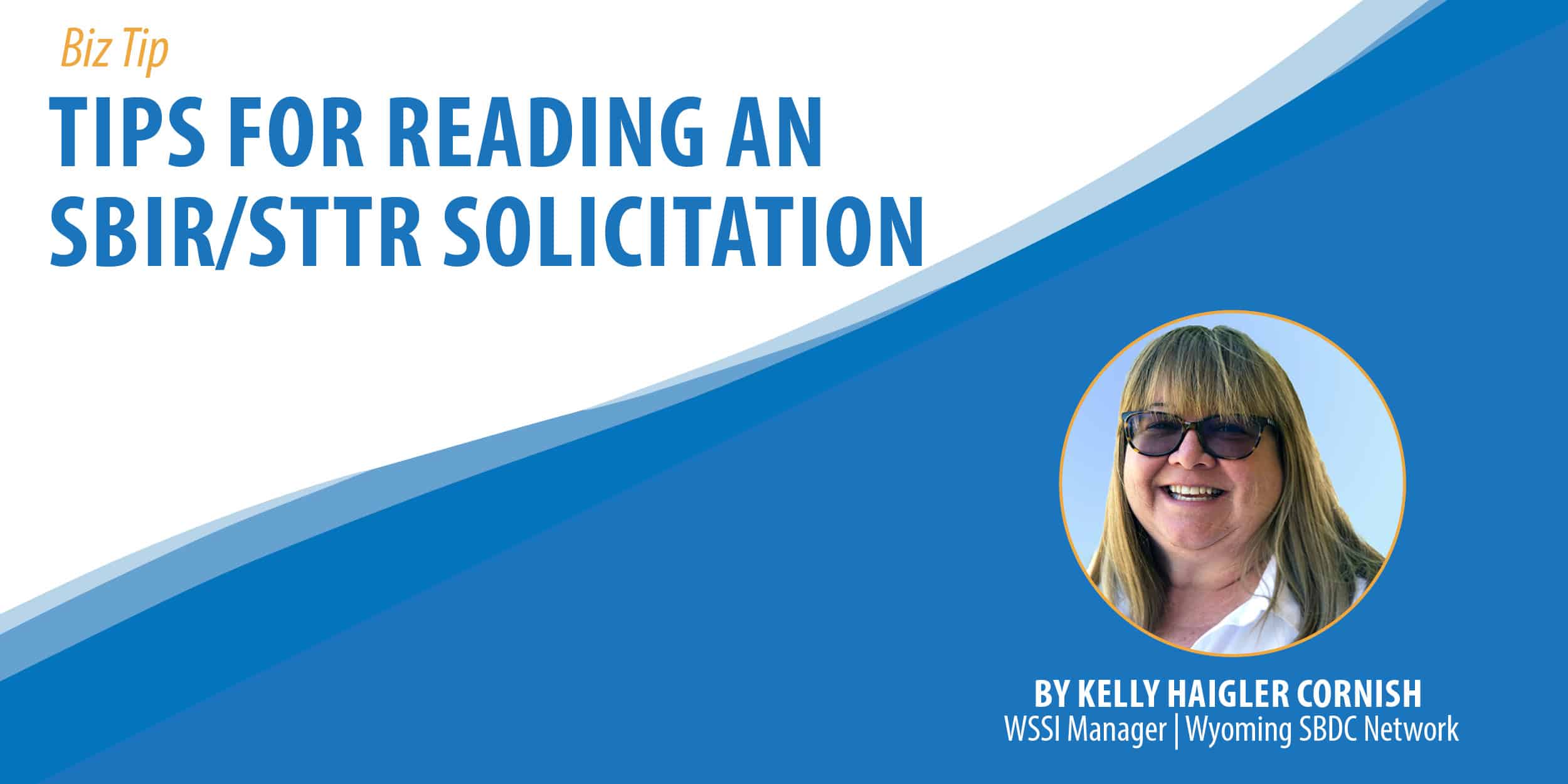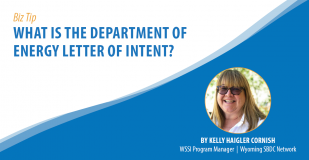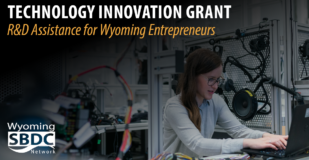The federal agencies participating in the small business innovation research (SBIR) and small business technology transfer (STTR) issue funding opportunity announcements that list research topics. While each agency has its naming preference, here are some of the most commonly used: broad agency announcement (BAA), funding opportunity announcement (FOA), request for proposal (RFP), request for application (RFA), and solicitation.
Due to the technical nature and length of the solicitations (anywhere from 25 to over 360 pages), we recommend potential applicants first scan the solicitation to check if it aligns well with the small business’s capabilities before investing valuable time reading the entire document.
To help move through the solicitation, use the computer search function “CTRL F” to find keywords or use the search function in the browser if the solicitation is a webpage.
Look for answers to the following initial questions to determine if the solicitation is a good fit:
- What are the key dates? Solicitations typically have an open and close window when the agency is accepting proposals. Determine if your team has time to write a competitive application. Are there only a few weeks before the deadline? With granting agencies, you typically can wait for the next application window since many, e.g., the National Science Foundation (NSF) or National Institute of Health (NIH), have broad topics where the small business identifies the problem and proposes the solution. Those applying to a contract agency, e.g., the Department of Defense (DoD) and NASA, may want to push forward with the application since contract agencies issue one-time problem topics.
- Is the solicitation a good fit for your team’s capabilities? Do you need to bring in outside experts or find a partner to build your team? Do you have an eligible principal investigator (PI) to lead the proposed research? Some agencies require the PI to be employed by small businesses, while others allow the PI to work for a non-profit partner. Additionally, some agencies specify the number of hours the PI must work on the project.
- Do you need to complete any registrations before submission? All federal agencies require the small business to have a Unique Entity Identification (UEI) from SAM.gov, SBA Company Registration, and each agency has a specific application portal registration. Some of these registrations can be time-consuming and may impact your ability to respond to the solicitation.
- Are there any pre-proposal deadlines? Some agencies require a pre-screening process, while others limit direct contact with the agency during specific dates. Examples of pre-screening are the NSF project pitch and the Department of Energy (DOE) letter of intent. Additionally, several contracting agencies, e.g., DOD and NASA, have a period of time called prerelease, when small businesses are allowed to contact the topic authors with questions. Once this window closes and the agency starts accepting applications, the small business can no longer directly communicate with the agency’s representatives.
- Does your research/innovation idea fit the agency’s research objectives? Each federal agency has a specific mission that guides its funding decisions. You can learn more about the agency’s funding objectives by reading the program description in the solicitation, reviewing the topics, and looking at previously funded proposals at sbir.gov.
- What is the budget maximum? Can your research be completed with the available funds? Or can you scope your project to fit within the budget requirements?
- How much time is allowed for the project?
Once you’ve scanned the solicitation and determined it’s a good fit with your company; now what? One of your team members, typically the PI, needs to read the complete solicitation to understand the proposal requirements, deliverables, review criteria, allowable/unallowable costs, and more to guide your successful SBIR/STTR application process.
The Wyoming SBDC Network is here to help answer questions about solicitation requirements and guide your small business to potential agency funding opportunities. We look forward to working with you on SBIR/STTR applications, including one for our $5,000 Wyoming Phase 0.
About the author: Kelly has experience in technology transfer, intellectual property, data rights, indirect cost calculations, federal SBIR and STTR grants and contracts, and other small business topics related to innovation and research. Kelly loves working with existing small businesses to help them discover their innovative edge and working with startups that are taking the next big thing to market.





